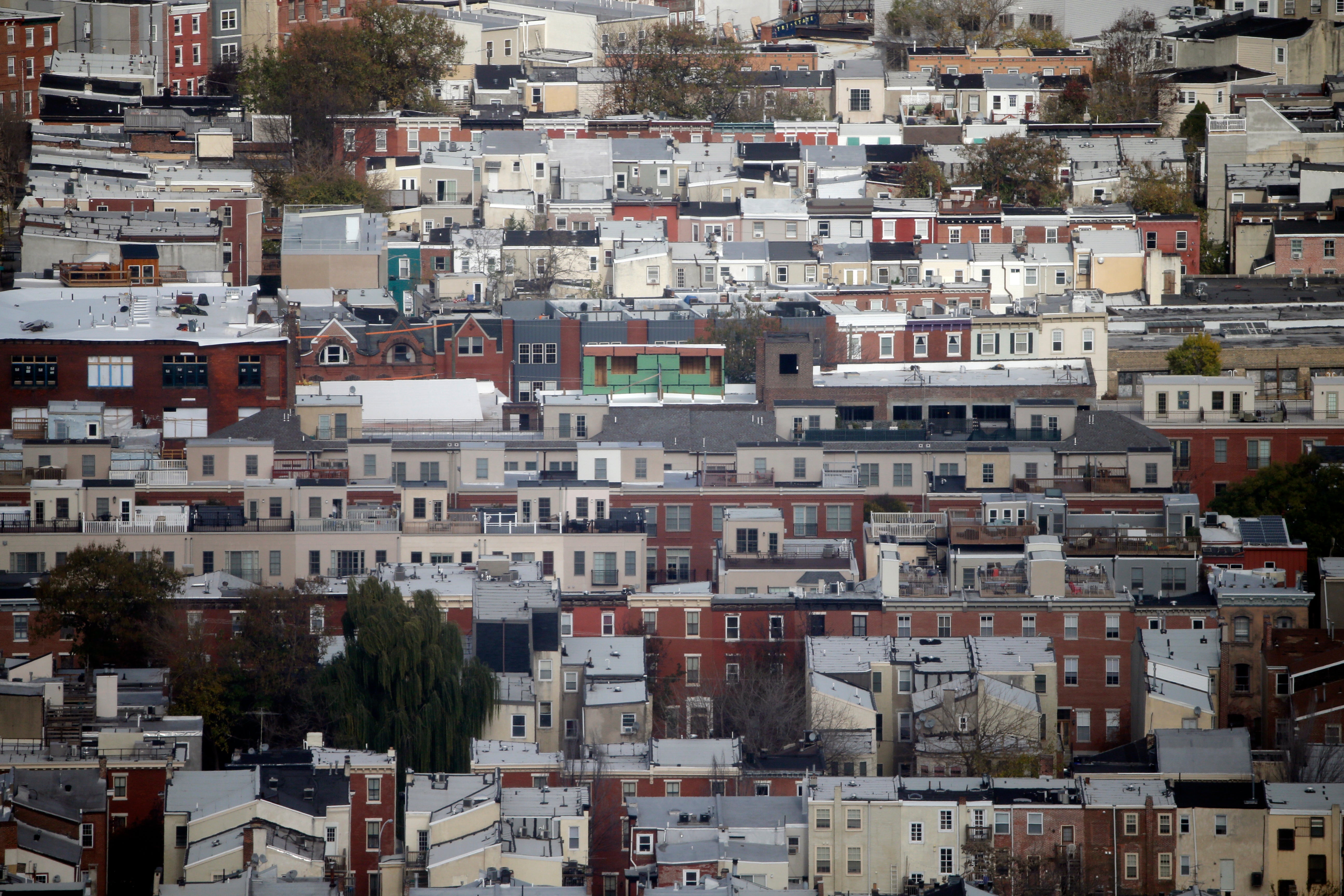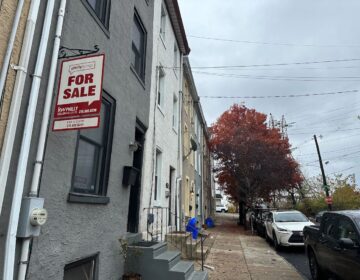Mapping Philly’s black homeownership gap

The Philadelphia area boasts a higher rate of black homeownership than many other parts of the United States, yet achieving that quintessential mark of the American dream remains more common among whites in the region, a new map from the Urban Institute shows.
Crunching U.S. Census data from 2005 through 2016, the D.C. think tank found that 75 percent of the region’s white population owns homes, while only 49 percent of blacks do. With a 26 percent gap, Urban Institute researchers ranked the metro area 83rd among the 100 regions mapped. The think tank analyzed the 100 regions with the largest number of black households.
In the United States, home ownership has long been a predictor of financial stability and a family’s intergenerational wealth. It often correlates with overall health and access to education.
“Homeownership is a very important metric when analyzing overall financial health,” said Sarah Strochak, a researcher at the Housing Policy Finance Center at the Urban Institute.
Alanna McCargo, Vice President of the Housing Policy Finance Center, said she was inspired to create the map by this year’s 50th anniversary of the Fair Housing Act, passed in 1968.
“What I’d hoped for, was that we’d find one pocket of hope,” McCargo said. “A pocket where there might be some sense of a narrow gap where we could look at those cities and ask, ‘how did they accomplish this?’”
McCargo was disappointed to find only gaps — and bigger gaps.
The national rate of homeownership in the black community has remained approximately the same since the passing of the Fair Housing Act—around 41 percent, she said.
“We now see zero progress from 50 years ago, when housing discrimination was legal,” McCargo said.
The Philadelphia metro region is unique in that the rate of black homeownership has stayed relatively steady in that time frame. Since 1968, the area’s lowest rate was 47 percent in 2013, McCargo said. The city was then deep in the throes of recovering from the mortgage foreclosure crisis, a crisis that disproportionately affected African-American households. Still today, many of the city’s majority-minority neighborhoods haven’t fully rebounded.
Nationally, the region with the smallest disparity is Killeen, Texas, with a black homeownership rate of 48.5 percent, compared to 63 percent for whites—a 14.5 percent gap. The widest disparity was found in Minneapolis, where 75 percent of whites own their home compared to 25 percent of blacks — a 50 percent gulf. Urban Institute found that Northeastern and Midwestern cities tend to have bigger disparities that those in the South or on the West Coast. Just a few hours south of Philadelphia, Washington D.C. clocked in with one of the country’s smallest gaps of 23 percent. Despite rampant gentrification and demographic changes that have reduced the district’s black population to less than 50 percent of the total for the first time in generations, the black homeownership rate there has declined less than the white homeownership rate since 2005.
In McCargo’s view, there are no easy answers for cities looking for a silver bullet solution to disparities. Localized approaches taking into needs, market conditions and regulatory policy in a given city are needed to address the problem, she said.
“It’s hard to say, city to city,” she said. “There’s no national solution.”
– Editor’s Note: This article has been corrected. The metro region’s lowest rate was 47 percent in 2013, not the city’s lowest rate.
WHYY is your source for fact-based, in-depth journalism and information. As a nonprofit organization, we rely on financial support from readers like you. Please give today.






